Google owns the internet, and now the company wants to dominate the gaming space, reaching 2 billion gamers with a console that is not a console.
Google’s mission, according to the company’s CEO, Sundar Pichai, is to build “a game platform for everyone.” To Pichai, and others working on Stadia, “The future of gaming is not a box, but a place.” In so many ways, Google wants to reduce all of the pain points in every gamer’s life.
Instead of a box, then, Stadia is a streaming service based in the cloud, one capable of pushing 4K/HDR/Surround-Sound data to almost every device in your home. Since Stadia is, surprisingly platform agnostic, games can be streamed to any device capable of running Chrome without losing graphical fidelity. TVs via Chromecast, iPads and MacBooks via the Chrome browser, Android devices via Chrome, and your PC via the same browser.
The amazing thing is that Stadia is powerful, putting, roughly, the power of an Xbox One X in the cloud. All games will run in any of Google’s 7,500 data centers all around the globe, outfitted with custom 2.7GHz x86 processors, 16 GB of RAM, and a custom GPU from AMD capable of 10.7 teraflops.
Which is enormous. The Xbox One X rocks 6 Teraflops of GPU power, 10.7 very close to AMD’s high-end card Vega that rocks 12 and above Nvidia’s GTX 1070. So we are talking about a ton of power available via Chrome.
The new fancy Nvidia GTX graphics card is too expensive? You don’t need one, Google Stadia is a high-end gaming PC in the cloud. You want to become internet famous as a gamer but have no idea how to operate OBS and all of this streaming software? Google offers to stream in 4K to Youtube while you are playing. Updates? A thing of the past.
No More Updates Needed: Every Game is Ready to Play Within Seconds
Stadia games will run directly from Google servers and virtual PCs, which means all games will be kept up to date. If you are an Xbox One or PS4 owner, you know the pain of “I just wanted to play 30 minutes, but the update took 10“. No more with Stadia.
Even wilder, no more downloading. Google promises that players be able to launch any game from its servers within seconds. You want to play with your friends? Just send an invite link.
As Pichai frames it, “You can send a link within a split of a second to anyone via email. Why doesn’t that work yet with games? We want to change that.“
State Share uses microstate saving technology, tech that’s completely different from that classic save states we are used to. With State Share, players can share specific moments and exact locations across the cloud, letting other players pick up right where the first player left off. While it’s a lofty goal and we weren’t able to test it out for ourselves, the possibilities are endless.
This might be Google’s first rodeo in the gaming space and its first multi-billion dollar investment, but the company is clearly committed. This is made clear by Phil Harrison’s involvement; Harrison, who launched the Xbox for Microsoft, and later was responsible for research and development on the PlayStation 4 and later president for Sony, will run Stadia for Google.
Of the service he says that “The future of gaming is not a console or a box. It’s a data center that delivers your premium gaming experience with zero waiting time and zero friction“
On top of that, Harrison is joined by one of the most creative and influential women in the industry: Jade Raymond. Raymond, who serves as Vice President Worldwide Studios and Head of Games and Entertainment for Stadia, is mostly known for Assassin’s Creed. However, since then, she built Ubisoft Toronto and EA Motive, the new lead Star Wars studio that was responsible for the single player portion of Battlefront 2.
Jade Raymond, Vice President Worldwide Studios Google Stadia
When I was 12 I saw the holodeck in Star Trek. And even though, at this time, most games I’ve played were side-scrolled experiences like Mega Man, it was obvious to me that one day, games will take place in fully immersive worlds. And now we are on the brink of a huge revolution in gaming. There are no limits to the human imagination and now that the data center is your platform, the processing power is limitless as well.
With Stadia, Raymond will do what she does best: Build a new world-class studio. And that’s what Google is going to need. Aside from making its own games, the studio will spearhead supporting studios all around the world in optimizing games for Google’s giant initiative.
In no short order, cash is not an issue for Google, and Stadia is clearly not a side project for for the company. Just as Google treats YouTube as a fully operational company under the Google umbrella, so will the company treat Stadia.
Is Google Stadia a Ready To Go Product or One For The Self-driving Car Future?
This is the biggest question: Is there enough infrastructure for Stadia?
There are parts in the United States with access to excellent internet connections and high bandwidth speeds. If you live in San Francisco, Los Angeles, or New York, you might be able to stream games in 4K.
“According to our tests in multiple cities, you will need 30Mbps to run games in beautiful 4K,“ says Majd Bakar, Google’s Vice President of Engineering, who is the head of Google’s new game engineering department, and the lead of last year’s Project Stream initiative. “We are the only company in the world right now that has this amount of CPU and GPU power available very close to you.“
However, many areas, including those in Wyoming, Vermont, Montana, Maine, or even Georgia, for example, still have problems with internet speed because those states have many areas of low population densities, which make broadband investments there less cost-effective.
It’s also essential to know that comparing 4K streams on Netflix or Amazon Prime with 4K gaming is an apples to oranges comparison. If you stream a TV show, it’s a set pack of data that can be pre-buffered or pre-loaded. It’s much like a single-player game in that respect.
However, in multiplayer, for example, data packs need to be exchanged consistently. If that’s not possible, you’ll get a laggy experience.
So is this going to work?
Bakar said that Google is well-prepared:
“We don’t talk about this very often, but Google is a huge hardware company with massive data centers. We operate 7,500 across the globe at the moment; they are all connected via 450,000 kilometers (~279,000 miles) of Fibre.”
What does that mean for players? Simply put, data doesn’t have to flow from home to home via servers. Instead, it flows between data centers, making streaming more … streamlined.
According to some developers that we spoke with on the showfloor, there is technically the possibility of 1,000-player battle royales with Stadia. While these sources asked not to be named because they are not an official spokesperson for their company, one told us they work on Google Stadia games and that the service would provide such functionality “with no option to cheat or hack“.
While that would be a boon for both competitive players and esports professionals, Stadia would also allow developers to finally realize fully destructible open worlds in multiplayer games.
Says Erin Hoffmen-John, Senior Manager R&D division at Google Stadia, “We offer developers to access multiple GPUs at once to build fully destructible open-worlds for hundreds of players on multiplayer.“
Of course, Google will have to prove that capability. While Microsoft said the same thing about Crackdown 3 a couple of years ago, the final product is not even close to the first E3 demo when it comes down to destructibility.
The performance: Can It play Crysis? Or Doom Eternal?
‘Can it run Crysis” has been a running meme for years. With every new generation or technological development, we use the question to wryly express our cautious optimism.
But developers are fairly candid when talking about Stadia, saying it can run high-fidelity AAA games over the cloud.
“When Google approached us, we were quite skeptical“, recalls id Software’s Marty Stratton. “Can a server really pull off a high-speed, technically demanding game like Doom?”
In our time with the Stadia at GDC, we can answer that question with an unequivocal, “Yes?”While the game’s not perfect on Stadia just yet, it’s close. There seem to be some micro stutters here and there, making the gameplay feel a bit imperfect. And while the game is gorgeous in 4K HDR and there are no artifacts impacting visual quality, input lag is noticeable, especially when a lot of enemies are on screen at one time.
Assassin’s Creed Odyssey, on the other hand, ran smooth as butter, and if no one told us that the game was being streamed from a Stadia server instead of being rendered from a PC or console under the TV, we wouldn’t have noticed.
The Stadia Controller Feels Very Good But is Not Required to Use the Service
There should be no worries about the Stadia controller.
While it might look a bit odd in official pictures, our hands-on preview proved it’s very solid and has excellent built quality. In most ways, it’s comparable to the Xbox One S controller, specifically in terms of handling and material quality.
What’s of most interest, though, is that aside from the controller being able to quickly detect the closest playable platform and connect via Wi-Fi, it also has two unique features: the aforementioned State Share and Google Assistant. Use the controller’s built-in microphone to not only connect with friends but to get past hard-to-beat areas.
Asking Google Assistant, “How do I beat this tomb?“ while solving a puzzle in the GDC demo of Shadow of the Tomb Raider, the technology automatically transfers your micro save to Youtube and finds the right video detailing a walkthrough of the level you are in at that exact moment.
However, as long as you have a reliable, connectable controller, you can access Stadia from almost anywhere. At GDC demo stations, Google proved this by having Razer Raiju controllers and SteelSeries Stratus Duo controllers available for testing.
According to Bakar, Google is “super open-minded about this. We want to offer the Google Stadia controller to provide really cool features like clip sharing, the simple invitation system, Google Assistant and the complete Youtube integration. But if you don’t need certain features, you’ll be fine with whatever controller you already own.“
If you want to just play on your PC or laptop, you can use any hard-wired controller lying around.
—
There’s a lot to be excited about with Stadia. There are other similar services on the market, such as Shadow cloud gaming that uses virtual PCs powered by GTX 1070s and Intel Xeon processors, but players still have to download games.
If everything works with Stadia, players can start games in a heartbeat without limitations or owning multiple pieces of expensive hardware. That’s not to mention making co-op gameplay nearly hassle-free.
Sure, there are a lot of “ifs”, “buts”, and “whens”, but if Google is capable of providing a lag-free experience at a minimum of 1080p@60 FPS, Stadia has the potential to take off. Sony and Microsoft don’t have to be worried for now since we still don’t know Stadia’s pricepoint, lineup of games, or all of the studios that will be on board.
However, each company should be prepared for the future. Because Google is ready to enter the console war.

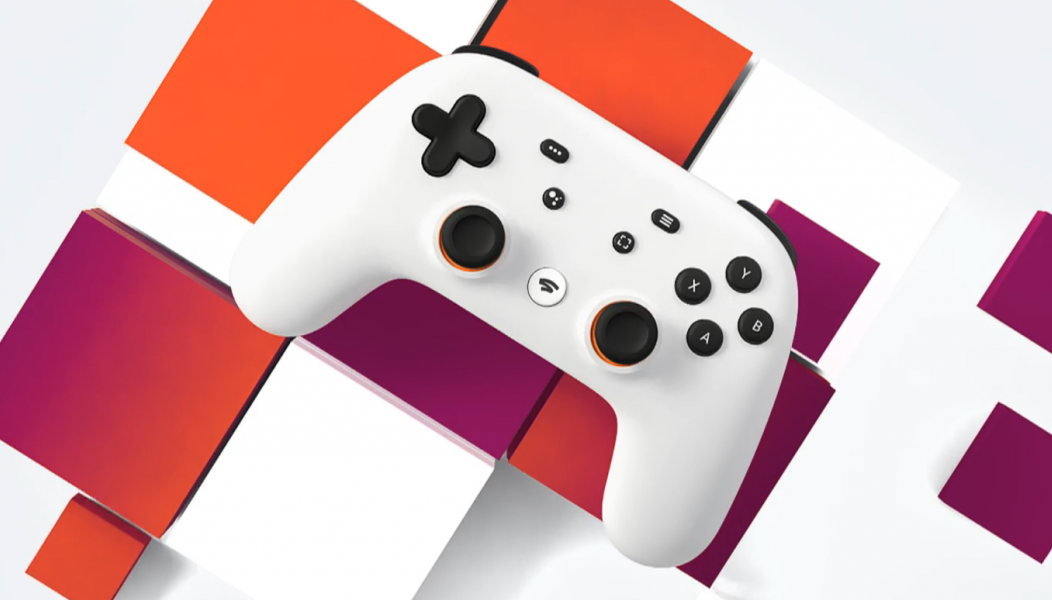
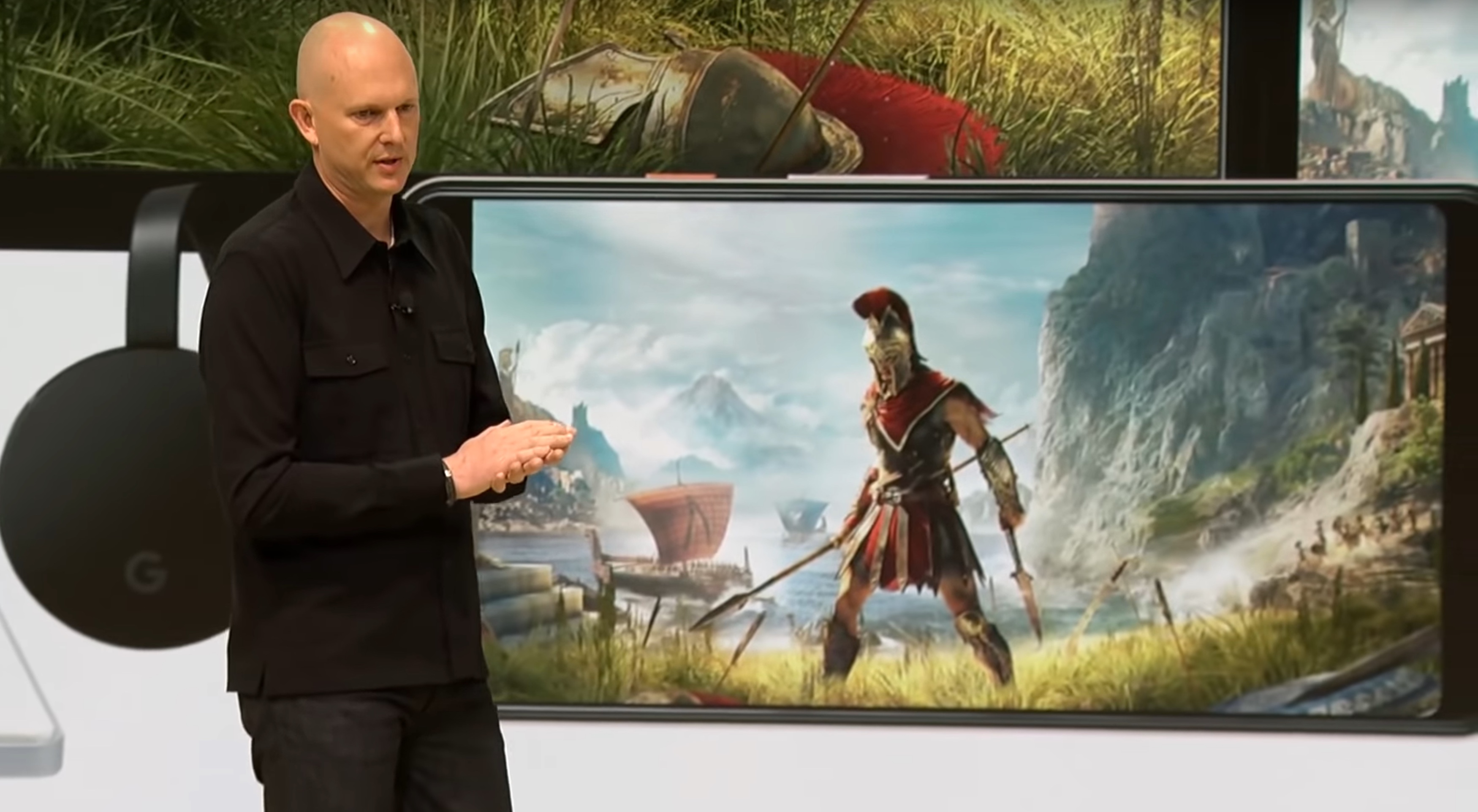
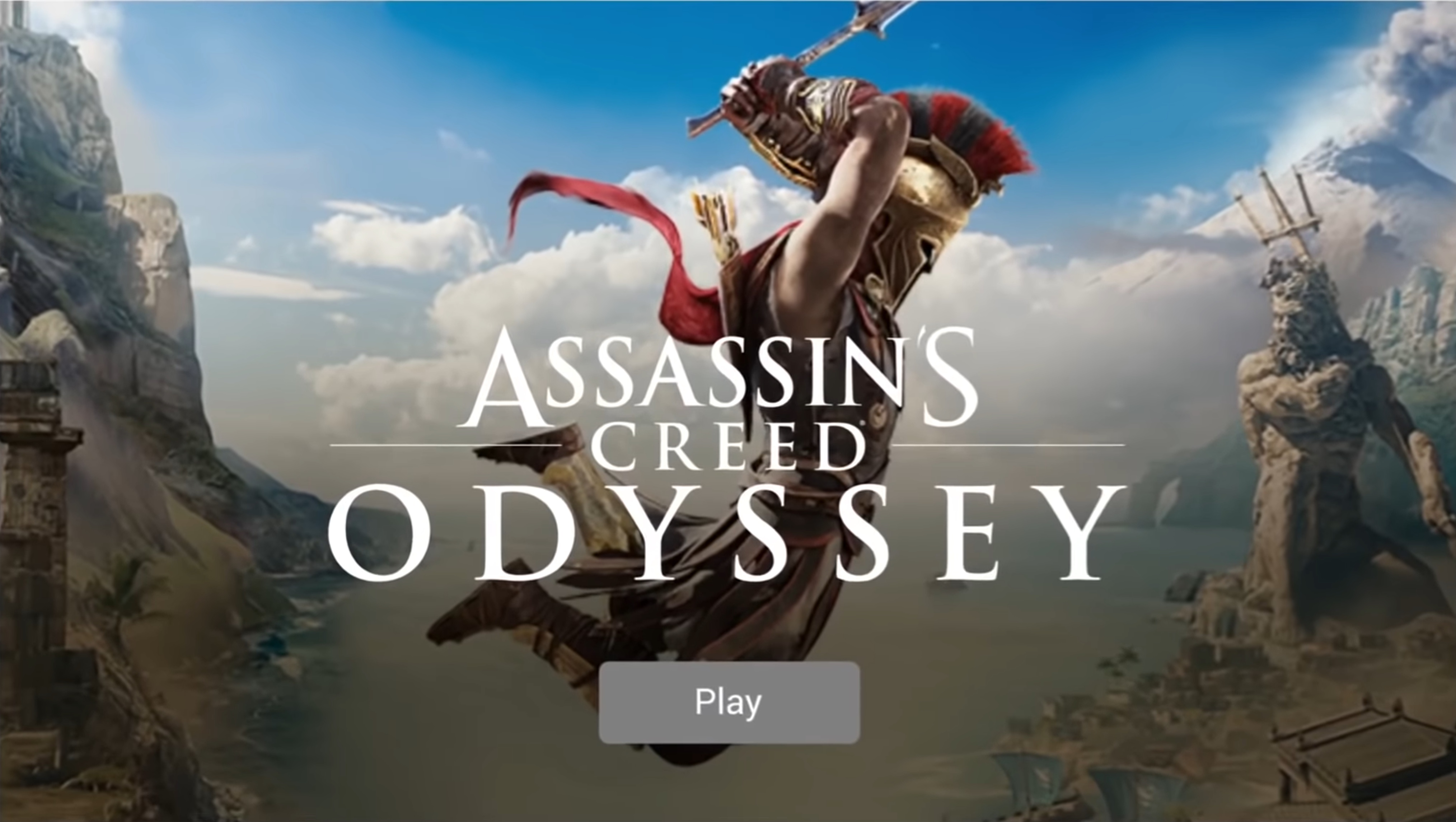

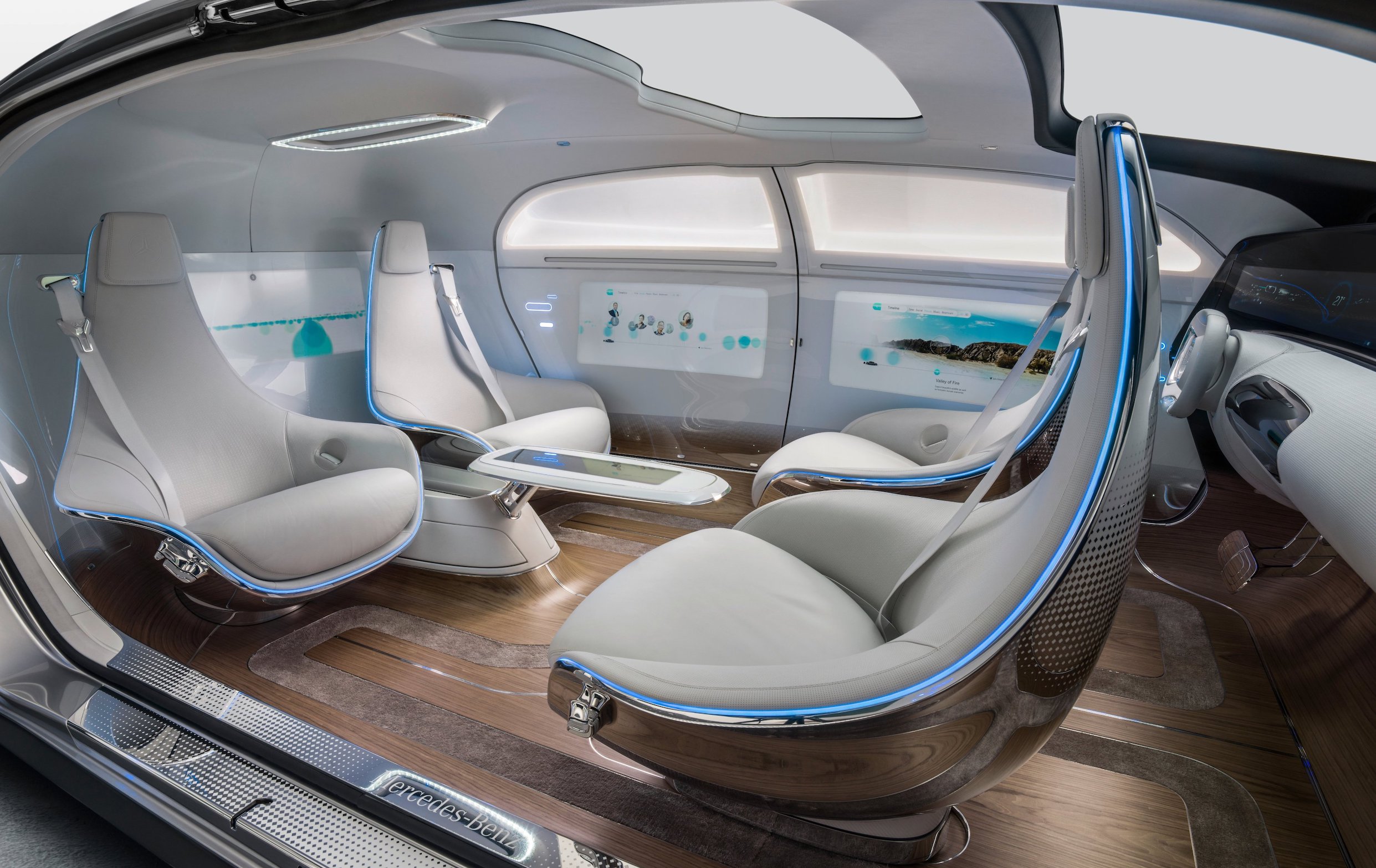
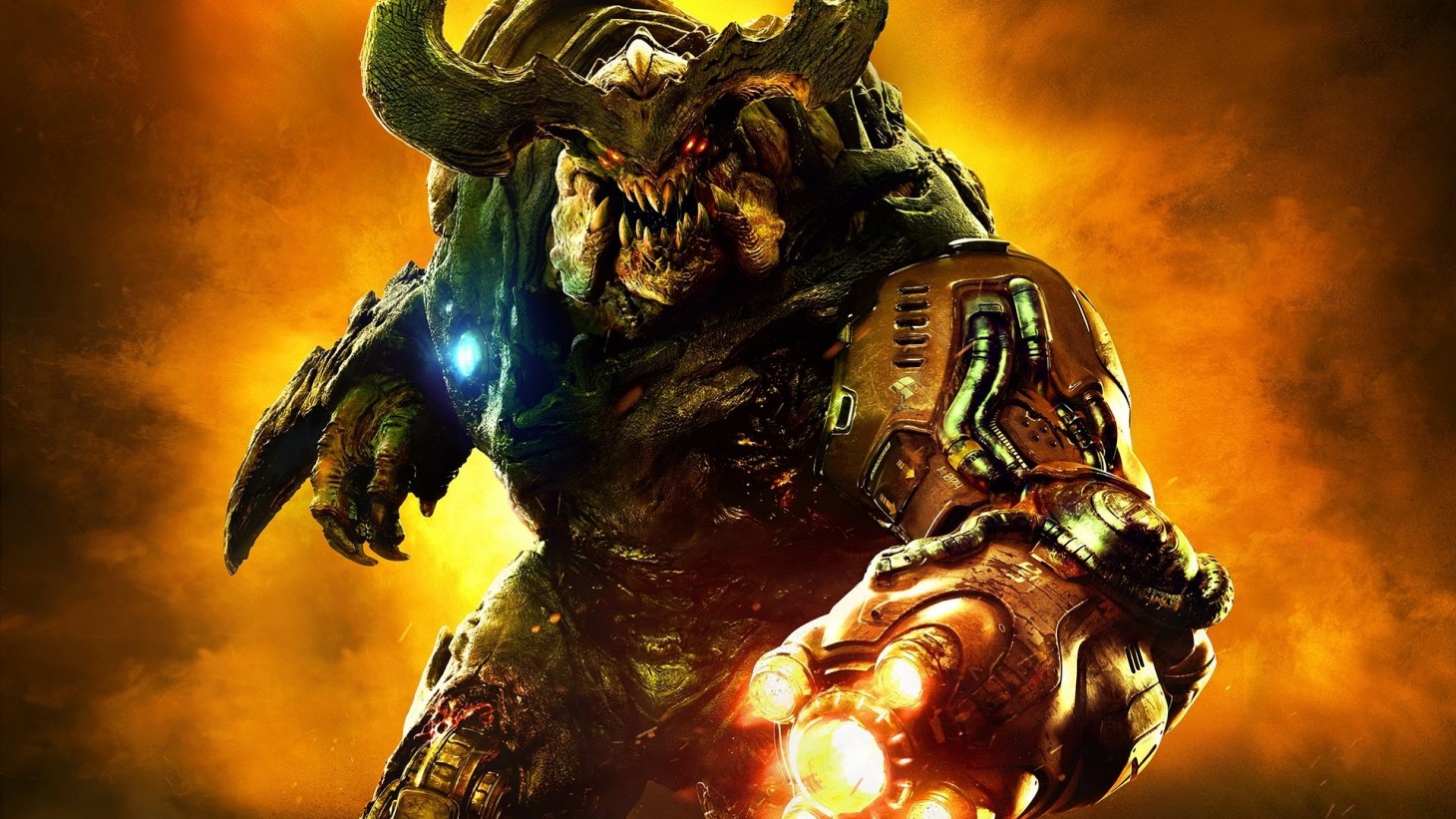
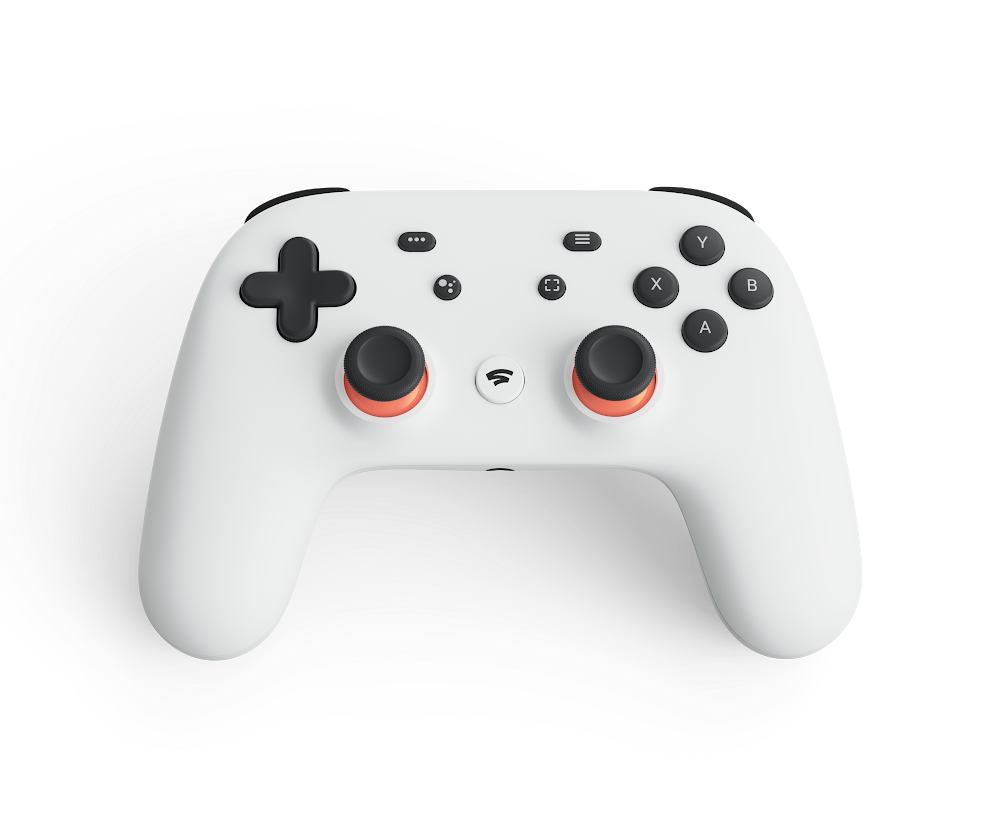





Published: Mar 22, 2019 07:15 pm